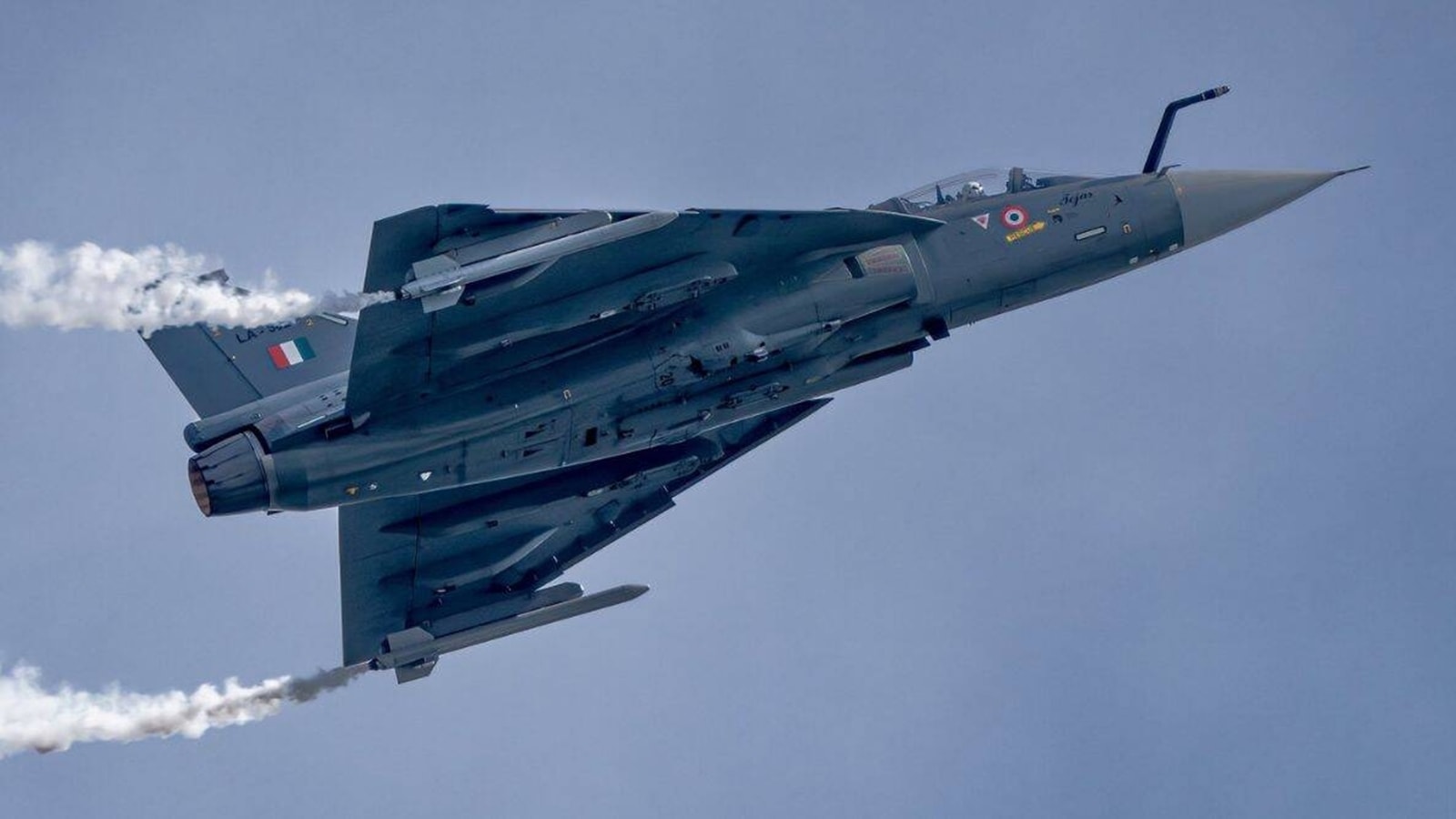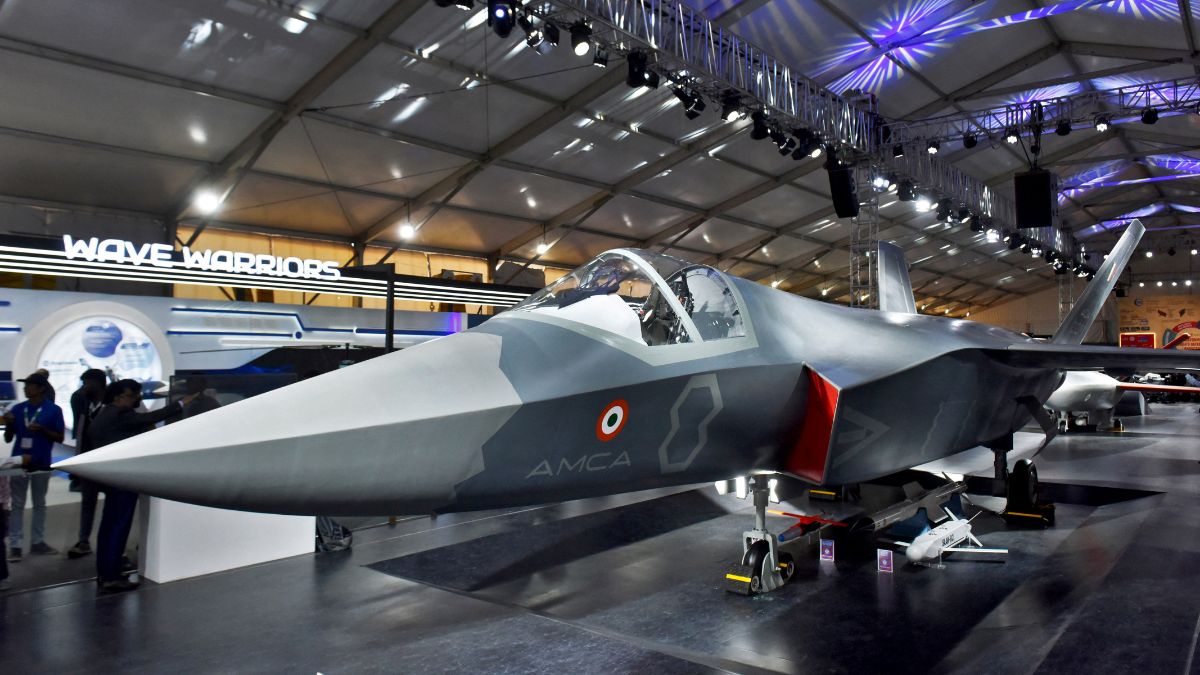India stands at a pivotal crossroads in its quest for military self-reliance as the Cabinet awaits the Defence Research & Development Organisation’s (DRDO) recommendation on a generational decision: whether to co-develop next-generation combat aircraft engines with the United Kingdom’s Rolls-Royce or France’s Safran. This choice will not only shape the future of India’s Advanced Medium Combat Aircraft (AMCA) program but also set the trajectory for the nation’s aerospace ambitions for decades to come.
The decision on the jet engine procurement is not merely a technical choice but a strategic signal to the world about India’s defense priorities and industrial capabilities. Selecting the right partner will demonstrate India’s commitment to advancing indigenous technology while balancing the need for proven expertise. It will also send a message about India’s readiness to collaborate with global powers on equal footing, asserting its position as a rising aerospace and defense leader.
Moreover, the chosen engine’s development will have ripple effects across India’s defense ecosystem. It will catalyze innovation in materials science, precision manufacturing, and systems integration, fostering a robust supply chain that can support future aerospace projects. The technology transfer will empower Indian engineers and scientists to push boundaries, potentially enabling India to develop even more advanced propulsion systems independently in the future.
The timeline for the engine’s development and integration is tight, with ambitious milestones set to ensure the AMCA program stays on track. Any delays could cascade into setbacks for the fighter’s induction, impacting India’s air combat readiness and strategic posture. Therefore, the Cabinet’s decision is not just about choosing the best technology but also about selecting a partner capable of delivering on time and within budget.

The Context: Why This Decision Matters
Jet engines are the technological heart of modern fighter aircraft. Their complexity, strategic value, and the closely guarded nature of their design have made them a symbol of true aerospace power. India’s experience with the indigenous Kaveri engine project, which failed to meet fighter requirements after decades of investment, has only underscored the critical need for a successful partnership and genuine technology transfer.
The Cabinet’s decision, guided by DRDO’s recommendation, is expected to have far-reaching implications for India’s defense preparedness, strategic autonomy, and the future of its aerospace industry.
1. The Contenders: Rolls-Royce (UK) vs. Safran (France)
Both Rolls-Royce and Safran have submitted detailed proposals to co-develop a 110–130 kN thrust engine for the AMCA MkII, India’s flagship 5.5-generation stealth fighter program. Their offers include:
| Feature | Rolls-Royce (UK) | Safran (France) |
|---|---|---|
| Technology Transfer | Full ToT, 100% IPR for India | Full ToT, 100% IPR for India (revised from 50%) |
| Experience | EJ200 (Eurofighter), 6th-gen propulsion R&D | M88 (Rafale), helicopter engines, ongoing India ties |
| Collaboration Model | Co-development, local manufacturing, VCE tech | Co-development, clean-sheet engine, VCE tech |
| Strategic Advantage | Advanced variable cycle engine, future-proofing | Synergy with Rafale fleet, strong Indo-French ties |
| Workshare | India to lead key aspects, Rolls-Royce supports | GTRE leads key aspects, Safran supports |
Both companies have pledged not just assembly, but deep, hands-on transfer of design, metallurgy, and manufacturing know-how—critical for India’s long-term self-reliance.
2. The Stakes: Why This Is a “Once-in-a-Generation” Opportunity
-
Self-Reliance: India seeks to break free from dependence on foreign suppliers for critical defense technology.
-
Strategic Independence: In an era of shifting global alliances and supply chain uncertainties, owning engine IP ensures operational autonomy.
-
Cost Efficiency: Domestic development could reduce lifecycle costs by up to 70% compared to imports.
-
Industrial Growth: The partnership is expected to create high-skill jobs, boost private and public defense sectors, and foster a new generation of aerospace engineers.
-
Technological Leap: The AMCA MkII’s engine must enable supercruise, advanced stealth, and future integration of directed-energy weapons and AI-driven systems.
3. Rolls-Royce’s Offer: Experience and Future-Proofing
-
Legacy: Rolls-Royce brings decades of experience with engines like the EJ200 (Eurofighter Typhoon) and is a leader in 6th-generation propulsion systems.
-
Proposal: A bespoke 110 kN engine, scalable to 130 kN, with advanced Variable Cycle Engine (VCE) technology for efficiency and thrust.
-
Technology Transfer: 100% IPR for India, full ToT, and support for setting up local manufacturing.
-
Strategic Angle: The UK government backs the proposal, emphasizing a government-to-government model to ensure smooth collaboration and long-term partnership.

)
4. Safran’s Offer: Synergy and Deepening Ties
-
Legacy: Safran powers the Rafale’s M88 engine and has a history of collaboration with India’s defense sector.
-
Proposal: A clean-sheet 110–130 kN engine with VCE technology, revised to offer 100% ToT and IPR after initial reluctance.
-
Synergy: The Indian Air Force and Navy operate Rafale jets, so engine technology compatibility could streamline logistics and maintenance.
-
Strategic Angle: France’s strong defense ties with India and willingness to deepen cooperation in the Indo-Pacific add diplomatic heft to the proposal.
5. Lessons from the Kaveri Project: The Need for Real Technology Transfer
India’s Kaveri engine project, despite decades of effort, could not deliver a fighter-ready engine. Experts stress that this time, the partnership must ensure:
-
Genuine, hands-on technology transfer
-
Full access to design, testing, and manufacturing processes
-
Clear project management and accountability to avoid delays and cost overruns
The Cabinet is acutely aware that repeating past mistakes could jeopardize both the AMCA program and India’s aerospace ambitions.
6. The AMCA Program: India’s Stealth Leap
The AMCA is India’s most ambitious aerospace project to date, aiming to deliver a fifth-generation (and beyond) stealth fighter by 2035. The program’s success hinges on the new engine’s ability to deliver:
-
Stealth optimization
-
Supercruise (sustained supersonic flight without afterburners)
-
Integration with advanced avionics, electronic warfare, and AI systems
-
Potential for future upgrades, including directed-energy weapons
The engine decision will directly impact the AMCA’s timeline, performance, and export potential.
The Cabinet’s impending decision on India’s next-generation combat aircraft engine will also have profound implications for domestic industry partnerships. Whichever international partner is chosen, Indian companies—both public and private—will be deeply involved in manufacturing, assembly, and supply chain development. This collaboration is expected to create thousands of high-skilled jobs and stimulate investment in advanced manufacturing technologies, further strengthening India’s aerospace sector and laying the groundwork for future indigenous projects.
Another critical consideration is the long-term maintenance, repair, and overhaul (MRO) ecosystem that will emerge from this partnership. By acquiring the rights and technical know-how to service and upgrade the engines domestically, India can significantly reduce dependence on foreign vendors for spare parts and technical support. This self-sufficiency not only lowers operating costs over the aircraft’s lifecycle but also ensures the Indian Air Force’s operational readiness in times of crisis or supply chain disruptions.
The educational and research impact of this engine program will be substantial. Indian universities, technical institutes, and research organizations are expected to collaborate closely with DRDO and the chosen foreign partner, leading to technology exchanges, curriculum development, and joint research initiatives. These efforts will help cultivate a new generation of aerospace engineers and scientists, fostering a culture of innovation and technical excellence that will benefit the broader scientific community.
Finally, the successful execution of this engine project will serve as a benchmark for future high-technology collaborations. It will demonstrate India’s ability to manage complex, large-scale defense programs with international partners while protecting national interests. Lessons learned in project management, quality control, and technology absorption will inform subsequent endeavors across sectors, enhancing India’s reputation as a reliable and capable partner on the global stage.
7. The Decision Process: What Happens Next
-
DRDO’s Evaluation: The Gas Turbine Research Establishment (GTRE), under DRDO, is conducting a comprehensive assessment of both proposals, focusing on technical, strategic, and industrial factors.
-
Cabinet Note: A detailed note outlining the pros and cons of each option will be submitted to the Cabinet.
-
Timeline: The Ministry of Defence has pushed for a decision by the end of 2025, aiming for engine core readiness by 2030 and integration into the AMCA MkII by 2035.
8. Public and Expert Opinions: Hope and Caution
-
Optimism: Many defense experts see this as a transformative moment, provided India secures real technology transfer and leadership in the development process.
-
Caution: Memories of the Kaveri project’s setbacks fuel calls for clear agreements, robust project management, and accountability.
-
Industry Impact: The decision is expected to energize India’s private sector, with giants like Tata and L&T poised to play key roles in manufacturing and innovation.
9. Strategic and Geopolitical Implications
-
Regional Security: A successful engine partnership will strengthen India’s air power and deterrence in a volatile region.
-
Global Standing: Mastery of jet engine technology would place India in an elite group with the US, UK, France, and Russia.
-
Diplomatic Leverage: The choice between UK and France will influence broader strategic relationships, including defense, trade, and Indo-Pacific cooperation.
Conclusion: The Engine That Will Power India’s Future
The Cabinet’s impending decision, guided by DRDO’s technical and strategic assessment, is more than a procurement—it is a defining moment for India’s defense and technological future. The stakes are enormous: the right choice could secure India’s place as a global aerospace power, while the wrong one risks repeating the costly lessons of the past.
As the nation awaits the verdict, one thing is clear: the engine that will power India’s next-generation fighter jets is not just a machine, but the very symbol of the country’s ambition, resilience, and quest for true self-reliance.
Public expectations are high, with the nation eager to see tangible progress in defense self-reliance. The government’s emphasis on “Make in India” and “Atmanirbhar Bharat” has raised the bar for accountability and results. Success in this project will boost national pride and confidence in India’s ability to compete in high-technology domains, inspiring the next generation of scientists and engineers.
At the same time, the geopolitical landscape adds complexity to the decision. India’s relationships with the UK and France extend beyond defense into trade, diplomacy, and regional security. The choice of engine partner will influence these multifaceted ties, requiring careful diplomatic balancing to maximize strategic benefits without alienating key allies.
Ultimately, the jet engine decision encapsulates India’s broader aspirations: to be a self-reliant, technologically advanced nation capable of defending its interests and contributing meaningfully to global aerospace innovation. The outcome will reverberate far beyond the defense sector, shaping India’s technological trajectory and international standing for decades to come.
Follow: DRDO
Also Read: Sensex and Nifty Plunge: 10 Key Factors Behind the Market’s Alarming Downturn

